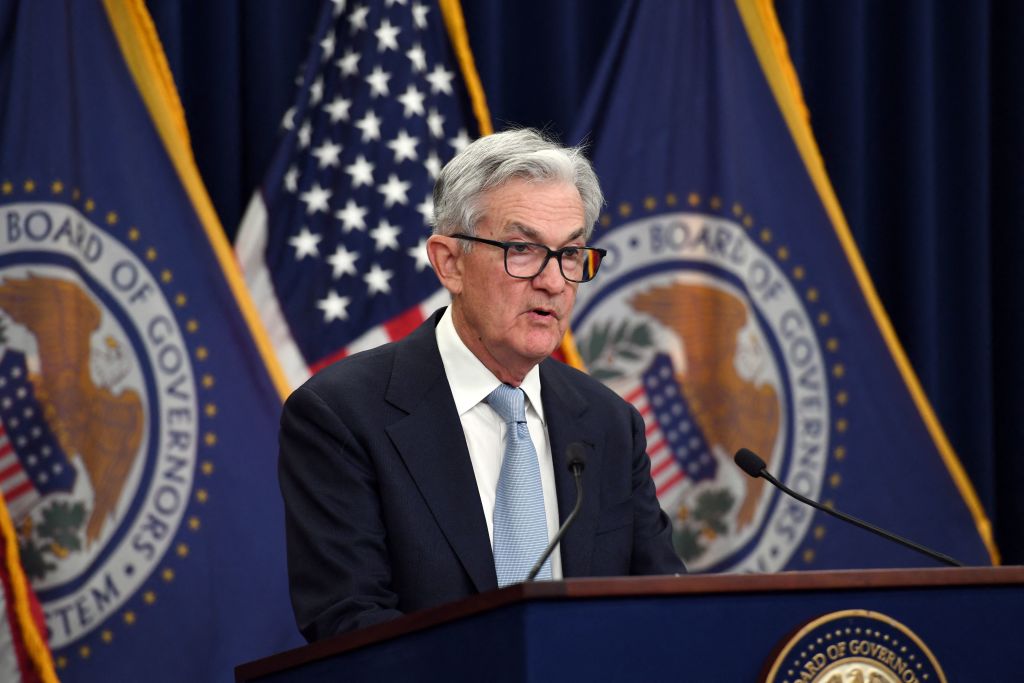So, things really are different this time. The US Federal Reserve has decided to raise its Federal Funds Rate (its main interest rate) by a quarter-point, to 4.75 per cent – 5 per cent, in spite of a banking crisis that has seen two large banks fail in the past fortnight.
For the past two decades, this sort of thing didn’t happen. Under the unwritten laws of the ‘Greenspan put’, the Fed could be relied upon to provide some form of stimulus at the first sign of financial trouble. It began with the collapse of the hedge fund Long Term Capital Management in 1998, when the Fed put together a $3.6 billion bailout funded by a consortium of banks, and it carried on long after former Fed chair Alan Greenspan himself had departed the scene. If markets wobbled, if banks got into a spot of bother, an interest rate cut, or quantitative-easing was never far behind.

Get Britain's best politics newsletters
Register to get The Spectator's insight and opinion straight to your inbox. You can then read two free articles each week.
Already a subscriber? Log in







Comments
Join the debate for just £1 a month
Be part of the conversation with other Spectator readers by getting your first three months for £3.
UNLOCK ACCESS Just £1 a monthAlready a subscriber? Log in